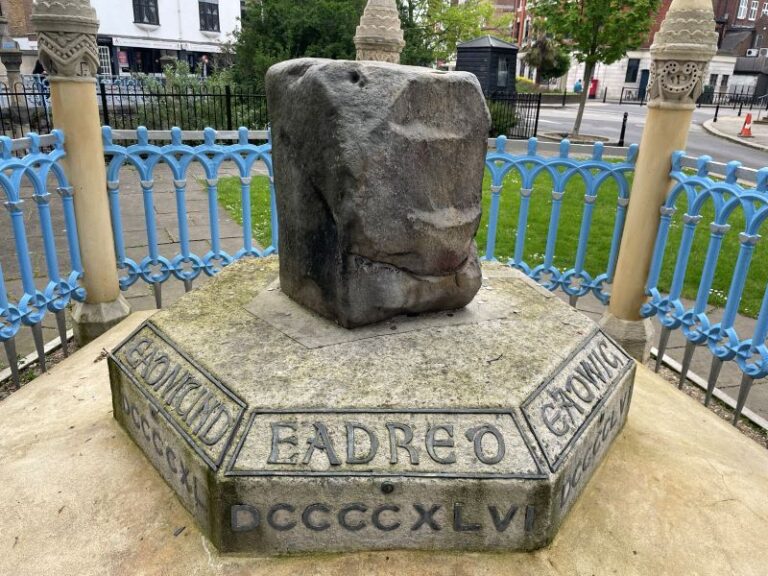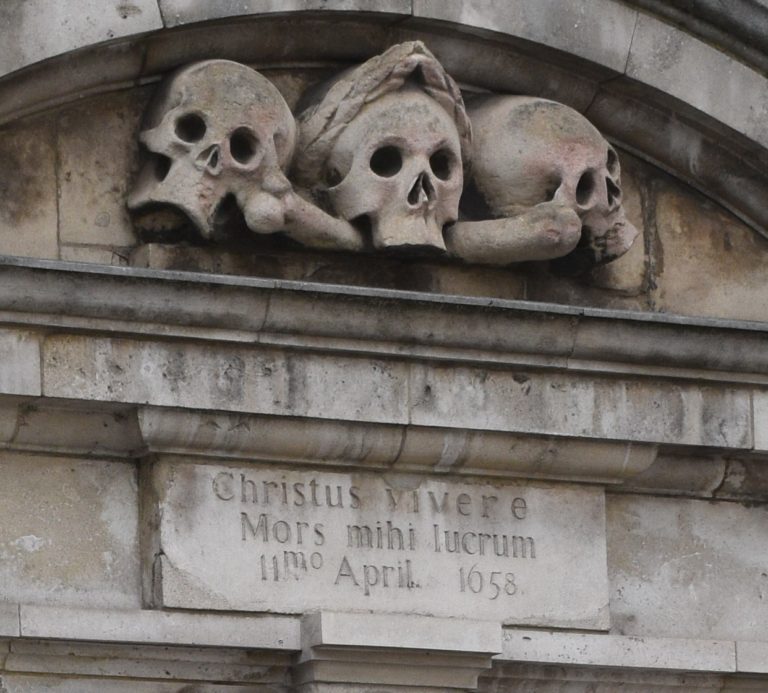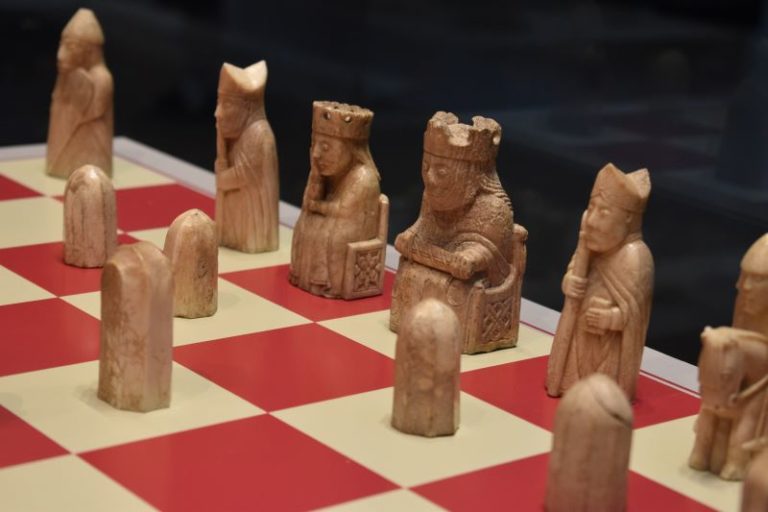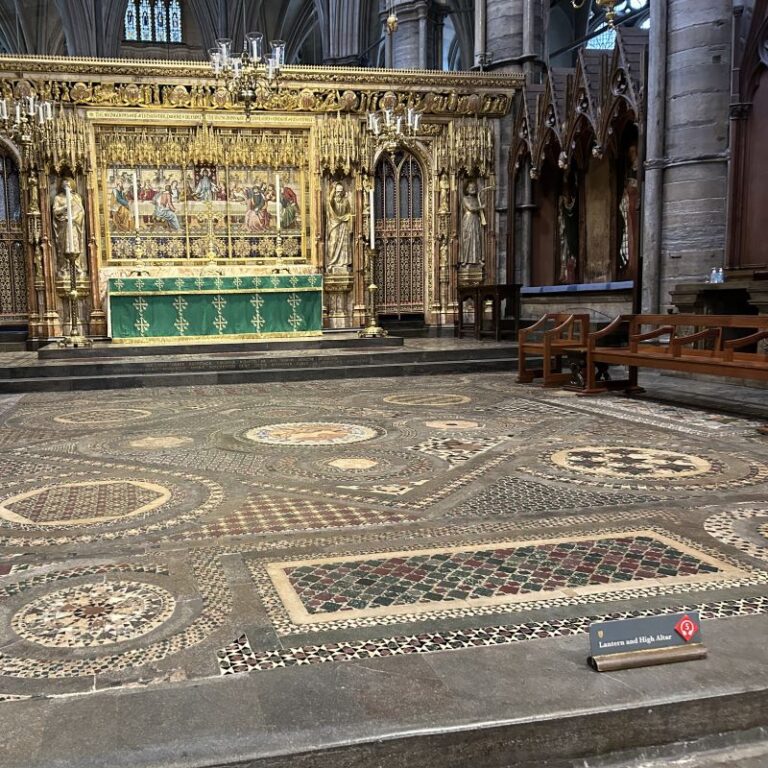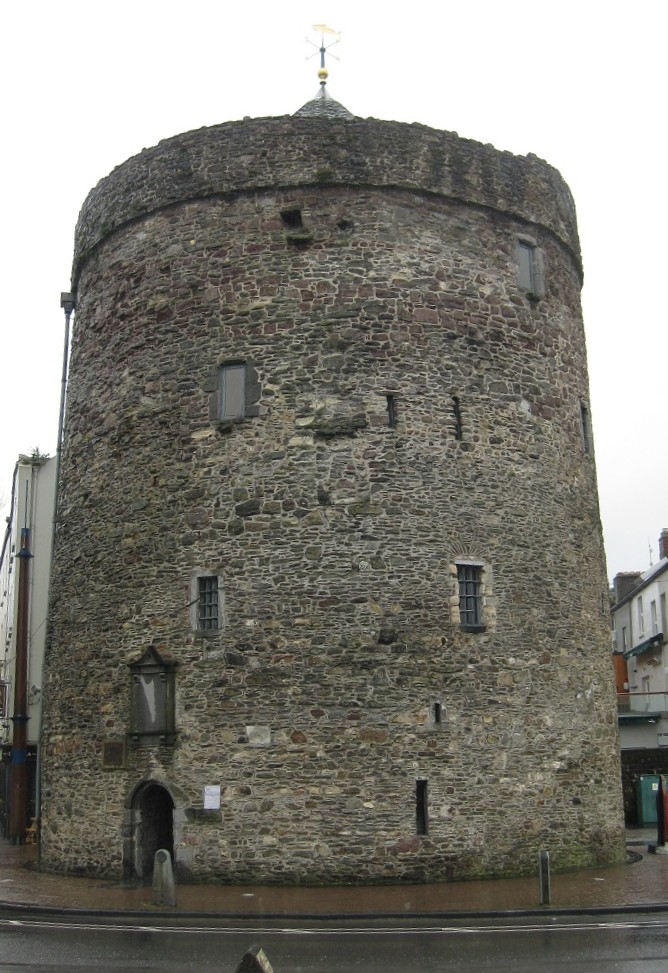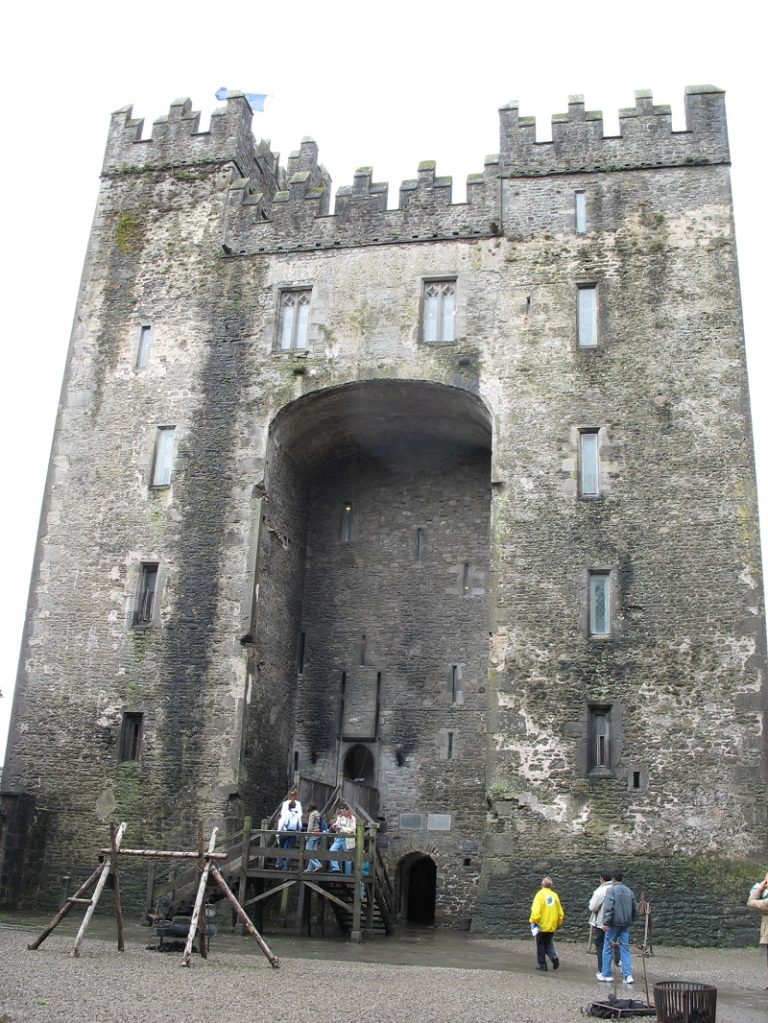One of my favorite things to do is plan a medieval vacation in Europe!
The “Medieval” period can be defined over different years depending on which European country or region you’re talking about. I’m going to anchor this section around the time in Britain when Roman rule ended through to the Battle of Bosworth when the last Plantagenet king was defeated and the Tudors came to power. This is my favorite time period – bring on the Anglo-Saxons, Danes and Normans!
In North America, the period is generally referred to as the “Pre-Columbian” period, referring to events prior the arrival of Christopher Columbus in 1492. I hope you’ll forgive that I’m lumping them all into a “Medieval” period for the purposes of organizing trips by time period!
Want to see where you can take a Medieval Vacation and skip the history lesson? Then Skip to the Trip!
Britain & Ireland
The period from the departure of the Romans to the Norman conquest is hard to study because there aren’t great records; but there are still amazing finds, like the burial mound at Sutton Hoo from around 625 AD, which can tell us quite a bit. Multiple smaller kingdoms ruled somewhat independently of each other in both England and Ireland…until the Vikings started showing up to plunder the tempting wealth of the monastaries and sell people into slavery.
Eventually by the late 9th/early 10th century the Vikings had started establishing themselves as permanent residents and showing they planned to stay. King Alfred in England and High King Brian Boru in Ireland each were able to rally the locals and thrash the Vikings enough to halt further expansion. In Ireland the Vikings began to assimilate and ally themselves with the regional kings. In England, the Danes came back with a vengeance and, for a time, the King of Norway and Denmark was also the crowned King of England.
When the Normans began their conquest, they brought their stone castle-building with them, many of which you can still visit 1,000 years later. The Plantagenet line of England was the dominate family for the remainder of this period, playing a significant role in Ireland, France and much of Western Europe.
France
Meanwhile on the continent, the Medieval period is where “France” really came into being when the Frankish leader Clovis I defeated the Romans, Visigoths and Burgundians and became regarded as the first “King of the Franks” (“Francia” means “Land of the Franks”). His Merovingian dynasty ruled about 100 years until the Carolingians rose to power in a figure you may have heard of: Charlemagne (aka Charles the Great). Charlemagne dramatically expanded the empire and was eventually crowned Emper of Rome (trivia question: when was that?? … Christmas Day, 800 AD) but within 2 generations his massive empire was broken up from family in-fighting.
Into this power vacuum the Capetians stepped up and ruled France across 14 direct decedents – until 1328! When the last of the Capetian rules died without a direct heir, the ultimate power struggle between England and France begins, with both claiming a right to the throne of France and fighting it out over decades and generations as the Hundred Years’ War. At one point, one man WAS recognized as King of both (we actually won a trivia night on this question once: what was the name of that King? Henry/Henri!).
United States
My understanding of this period in what is today the US/North America is that there aren’t a lot of written records. With the exception of the Mayans in Central and Southern America, most of our information comes from archaeological interpretation.
I admit I don’t have a great sense of this period of history in the United States. It’s not until the Early Modern period that Europeans start showing up and colonizing vast regions, and most of what we were taught in school as I was growing up is through a European-centric lens, so I’m going to have some homework to do in this area.
For more information on each region and sources used, see the pages for England, Ireland, France and the United States.

